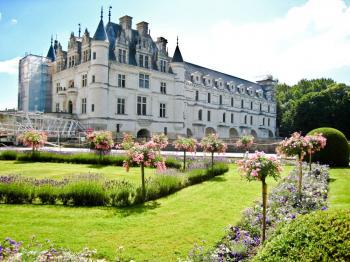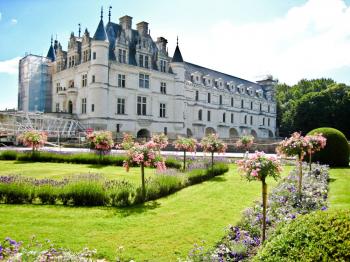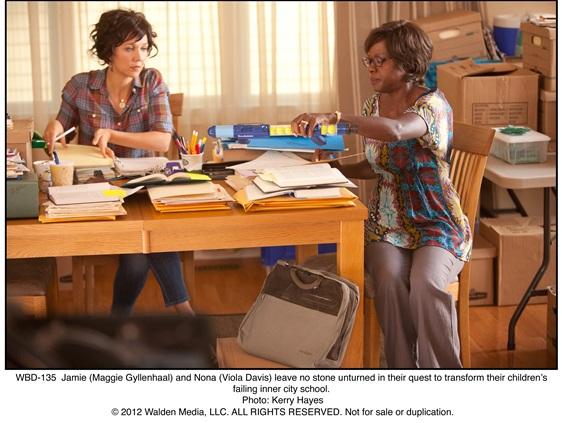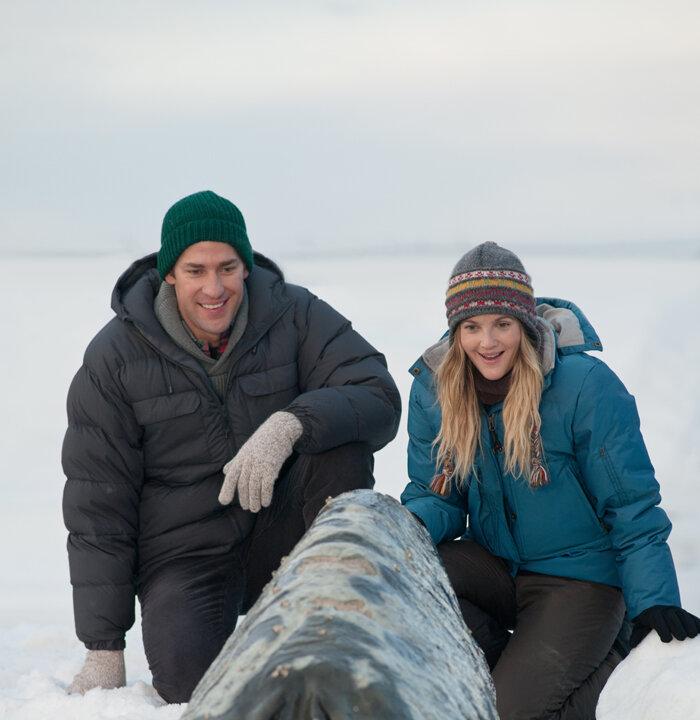New York Epoch Times Staff take a break from Manhattan to savor the City of Lights. Follow their column as they report back on their journey.
PARIS—Today is our last day in the Loire Valley, but we saved the best castle for last. Chateau Chenonceau, built on a bridge across the River Cher, is and has been my favorite castle in the world.
It is called the “ladies’ castle,” as a result of its many well-known female owners. Among them were King Henry II’s mistress, Diane de Poitier, and his mother, and Queen Catherine de Medici. Each added their own style to the look and feel of the castle and its grounds.
Built in the early 16th century over the ruins of an ancient fortress, the castle was originally a 68 by 71 foot, square structure with 4 round towers, turrets galore, and a chapel with stained glass windows.
Diane de Poitier then added a gallery and ballroom that stretched across the entire width of the Cher River, making it one of the most unique and cherished castles in the world.
Each of the rooms that were open for public viewing harmoniously mixed nature with history. Gorgeous seasonal floral arrangements complemented the Renaissance French furniture and historical art. The gardens surrounding the castle were also magnificent, where pink rosebushes dance between vivid purple lavender blooms and violets.
As we headed from the castle to the parking lot, we took a few moments to walk through the perfectly manicured hedge maze on the castle grounds. It was a delightful experience and provided the perfect dessert to the architecturally dazzling entrée!
For those of you looking for romantic things to do in France, a hot air balloon ride over Chateau Chenonceau is sure to be a huge hit!
On our drive back to Paris, we stopped by the medieval city of Amboise and visited the Royal Chateau d’Amboise, which was almost scary in comparison to the other chateaux that we’ve previously visited.
It lacked the coziness and charm of Chenonceau and was rather dark, dank and sparsely furnished.
One highlight, however, was Leonardo da Vinci’s tomb in the St. Hubert Chapel. Da Vinci spent his last years in the Manor Clos Luce, a few hundred meters from Chateau d’Amboise, and when he died in 1519, he was buried—according to his wishes—on the grounds of the chateau.
We hit traffic on our way back to Paris, and, when we finally arrived in the Latin Quarter, we discovered the streets were packed with people and it seemed there were live bands playing on every street corner. Turns out there’s a music festival taking place. It seemed like Lollapalooza or Woodstock unleashed in the streets of Paris!
We enjoyed a scrumptious dinner at Mirama—home of the world’s best Chinese roast duck and for dessert, and ordered a Nutella and banana crepe on Rue des Arts.
Delicieuse!
New Yorkers in Paris: Part 6
Today is our last day in the Loire Valley, but we saved the best castle for last.
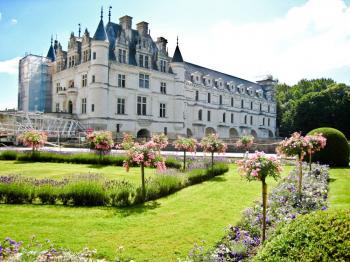
Chateau Chenonceau, built on the River Cher, Loire Valley, France. Helena Chao/Epoch Times
|Updated:

